Honda’s recent press conference unveiled ambitious plans for the future, signaling a substantial investment of $3.4 billion in the development and production of its electric motorcycle lineup.
Honda’s recent press conference unveiled ambitious plans for the future, signaling a substantial investment of $3.4 billion in the development and production of its electric motorcycle lineup.
In recent years, electric motorcycles have witnessed significant advancements, yet for some enthusiasts, the allure of traditional petrol-powered two-wheelers remains unmatched. Kymco, the Taiwanese motorcycle giant, has been at the forefront of blending technical innovation with the inherent charisma of combustion engines.
Back in 2018, Kymco unveiled the SuperNex, an electric motorcycle featuring a manual gearbox. A year later, the company introduced the RevoNex, applying a similar principle but in a naked bike design. Although absent from the Kymco stand at the 2023 EICMA show in Milan, the RevoNex continues to capture attention.
Allen Ko, Chairman of Kymco, shared insights at EICMA 2023, expressing the company’s ambition to lead the electric evolution. When questioned about the RevoNex, Ko affirmed its ongoing development, acknowledging the challenge of infusing thrill into electric bikes. Despite the difficulty, Kymco is dedicated to enhancing the personality of their electric motorcycles, striving to make them more exhilarating.
While Ko remained cautious about divulging too much information, he confirmed the continuation of the RevoNex project. Originally slated for production in 2021, the showroom-ready version is yet to make its debut as of 2024. Ko’s remarks strongly suggest that the RevoNex is progressing towards becoming an available electric motorcycle for the public.
What sets the RevoNex apart is its inclusion of a manual gearbox, promising a more engaging riding experience compared to its competitors. Despite potential interruptions in power delivery due to the gearbox, the RevoNex is anticipated to be exceptionally fast. Previously disclosed figures for the concept indicated an impressive 3.9 seconds for 0-100 kmh and 8.7 seconds for 100-200 kmh. As Kymco continues to navigate the challenges, the RevoNex holds the promise of being one of the most thrilling electric motorcycles on the market when it finally arrives for public purchase.
It is difficult to imagine a world without motorcycles. Not only do they save time and money but they are also awesomely fun.
But according to reports out of the UK, there are some employers who are discriminating against their motorcycle riding employees for riding their bike on world-related journeys.
Well, believe it or not, the British Motorcyclists Federation (BMF) is sounding the alarm on exactly that.
According to Alex Parsons-Hulse from the BMF, they’ve caught wind of ‘several’ companies putting the brakes on employees using motorcycles for work-related trips. We’re talking about legitimate stuff here – visiting suppliers, meeting clients, or attending a conference. And to add fuel to the fire, there are instances where employers are saying, “Sorry, leave your bike at home,” when it comes to the daily commute. Smells a bit like discrimination based on transportation choices, doesn’t it?
The BMF isn’t sitting idly by; they want the scoop. They’re urging people to come forward and spill the beans on these situations. So if you are reading this from the UK and your boss has ever pumped the brakes on your bike for work trips or made you ditch it for the daily grind, the BMF wants to hear your tale.
It is difficult to imagine such a thing happening here in Malaysia, in fact there is no chance of it ever happening here. So our hearts go out to our motorcycle riding brethren in the UK.
The renowned Italian brand Fantic, recognized for its off-road machines and retro scramblers such as the Caballero 700, has taken a distinctive turn towards a track-focused venture with its latest unveiling at EICMA.
Named after Italy’s iconic racing venue, the Imola introduces a lightweight and advanced sports bike, featuring a Yamaha heart and high-end chassis components. Powering the Imola is a 125cc, four-stroke, four-valve engine akin to the one found in Yamaha’s MT-125 and YZF-R125. With 15bhp, making it learner license-friendly, the engine is only one facet of this exciting new bike.
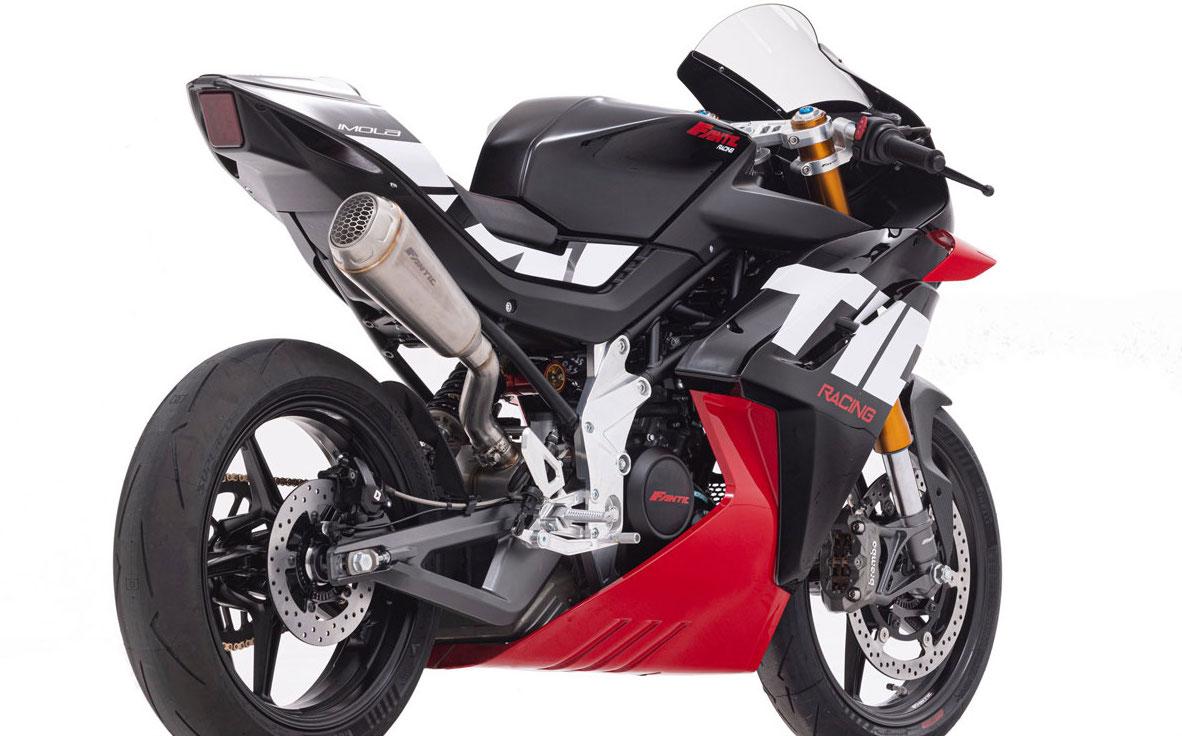
Fantic’s foray into Moto2 racing in 2023 has significantly influenced the Imola’s design, especially in the construction of its frame. The Imola 125 boasts a hybrid frame incorporating both steel and aluminum, with a full aluminum swingarm. The bike’s suspension is fully adjustable at both ends, complemented by high-performance Brembo brakes. Enhancing safety features, the advanced IMU control system provides cornering ABS and lean-sensitive traction control, notable additions in the 125cc category.
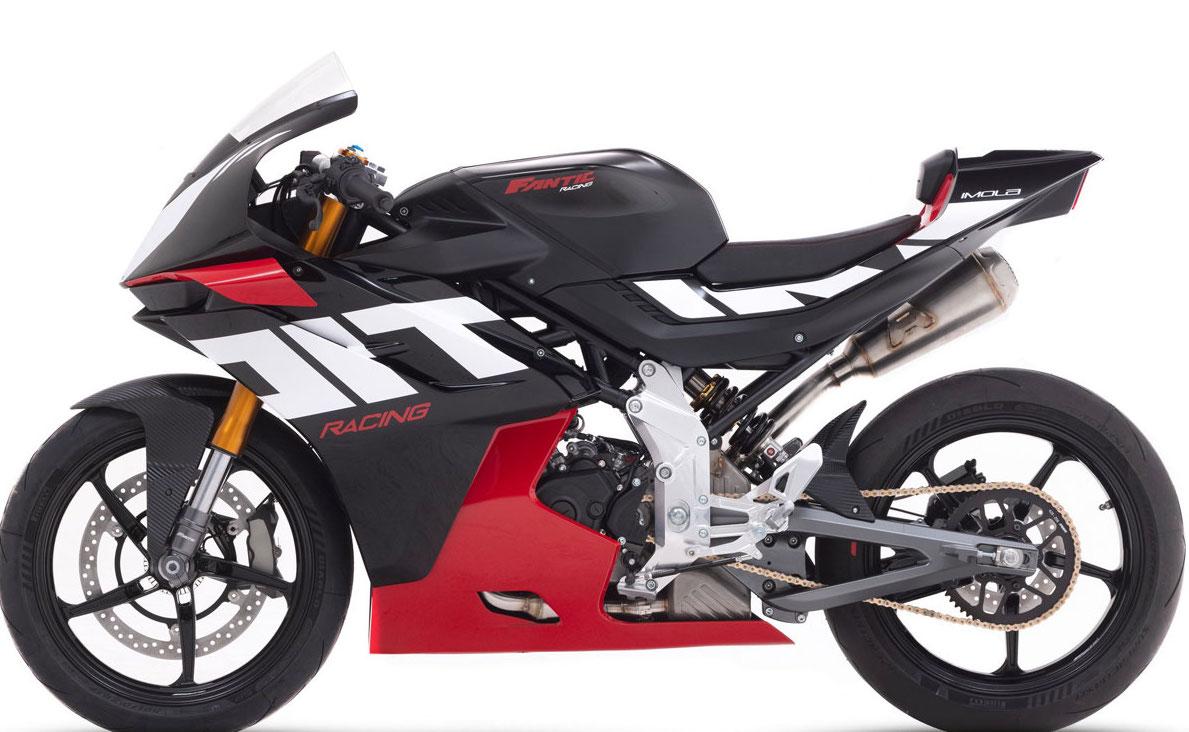
However, the Imola’s status as a ‘track concept’ raises uncertainty about its potential production version. The final specifications and features of the road-ready model may differ significantly from the showcased concept.

In addition to the Imola, Fantic presented a more practical option at the exhibition, known as the Stealth (Above). Sharing the same frame and engine platform as the Imola, the Stealth presents a more production-ready appearance. As depicted in the images released by Fantic, the Stealth offers a glimpse of a mature and refined machine, potentially setting a new standard in its category.
The application process for the Electric Motorcycle Use Promotion Scheme, aimed at encouraging the adoption of electric motorcycles, is set to open for Malaysians in December this year.
In 2019, Kawasaki took full control of Bimota, marking a pivotal moment for the Rimini-based brand, which had struggled with financial instability for years. Under Kawasaki’s ownership, Bimota gained a solid foundation for future growth and stability.
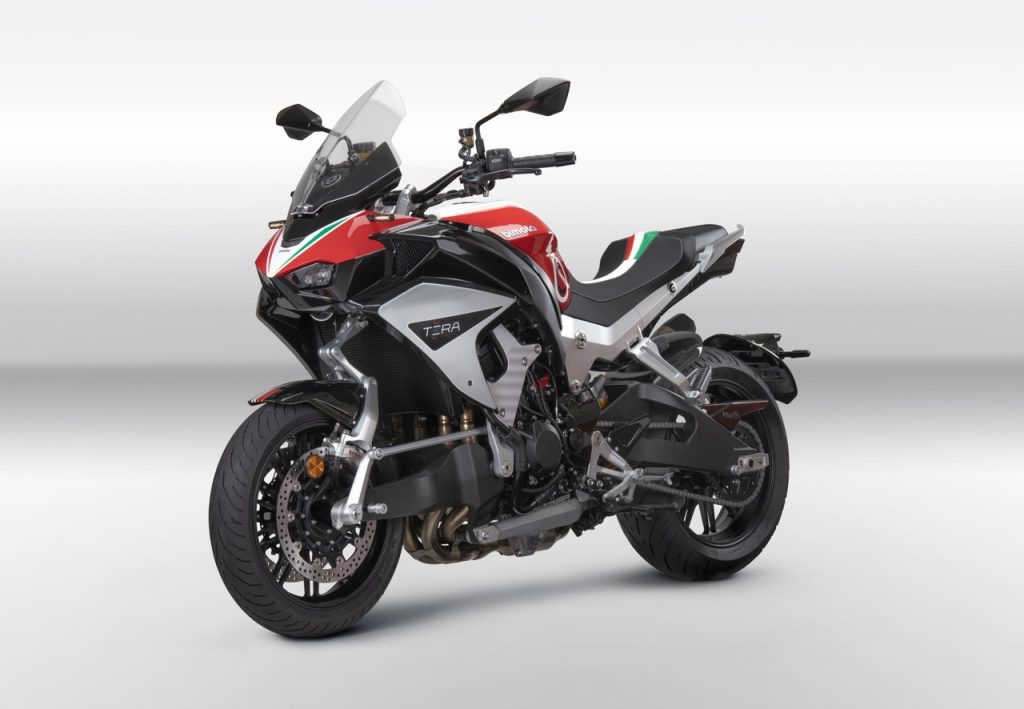
Bimota showcased its offerings within Kawasaki’s exhibit at EICMA this year, officially introducing the Tera concept (TEsi con Regolazione di Altezza, which basically means Tesi with adjustable height) in its final, production-ready form.
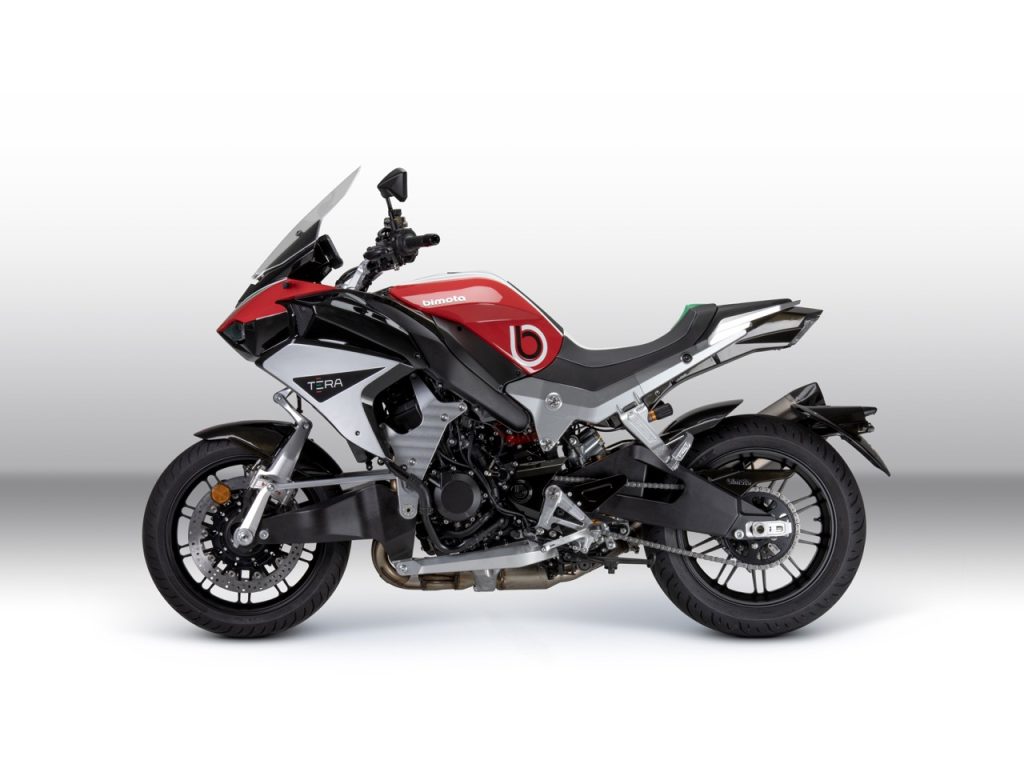
This unveiling marked the culmination of approximately three years of development, with the unique and patented front end first presented independently a year prior. The Tera represents the latest evolution of Bimota CEO Pierluigi Marconi’s renowned Tesi chassis, including the renowned hub-steer front end which Bimota is so well known for.
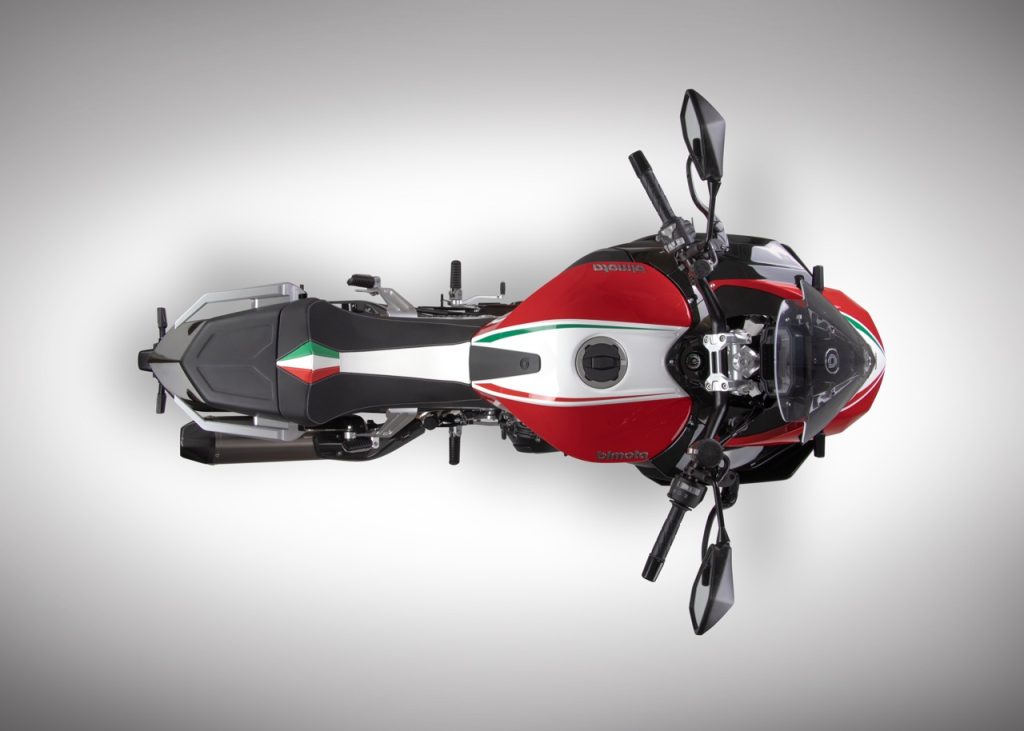
The Tera steering system was designed to address the range-of-motion limitations inherent in the original Tesi design, particularly during tight turns. Unlike its predecessor, where the steering is confined within the front wheel hub, the Tera design significantly enhances side-to-side steering range to 35 degrees—16 degrees more than the Tesi H2.
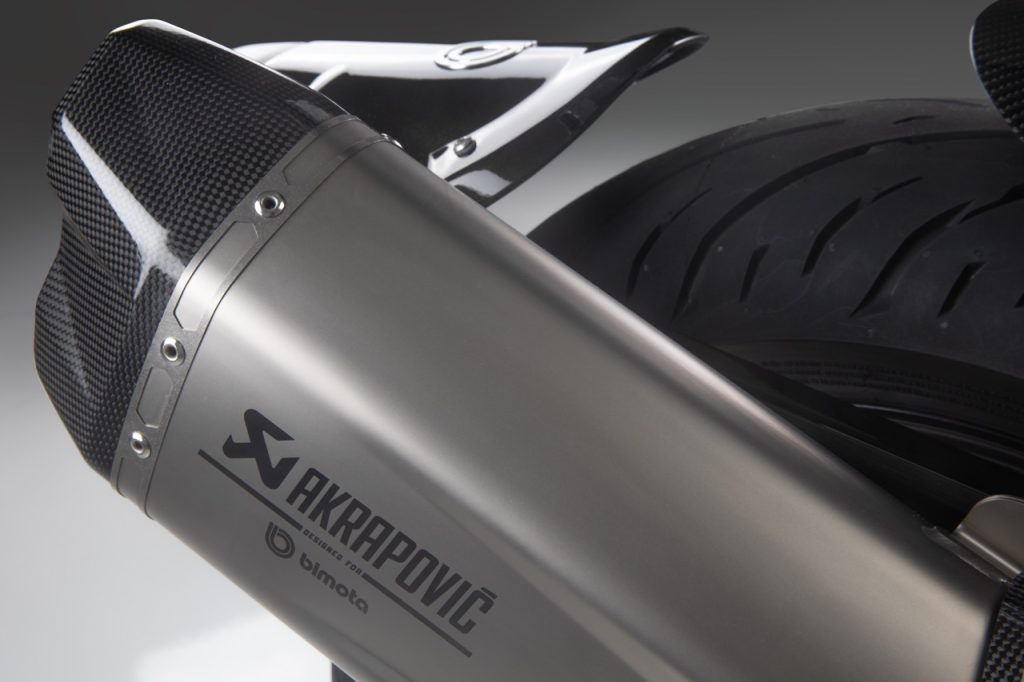
Bimota’s patented front suspension-steering system retains the advantages of the original Tesi, including an anti-dive effect and a reduction in unsprung masses. The steering mechanism involves a knee-type link activating the shock absorber within the steering head. Aluminum arms with reaction rods ensure precise vertical movement, connecting to the front wheel through machined billet plates that also house the front braking system’s calipers.
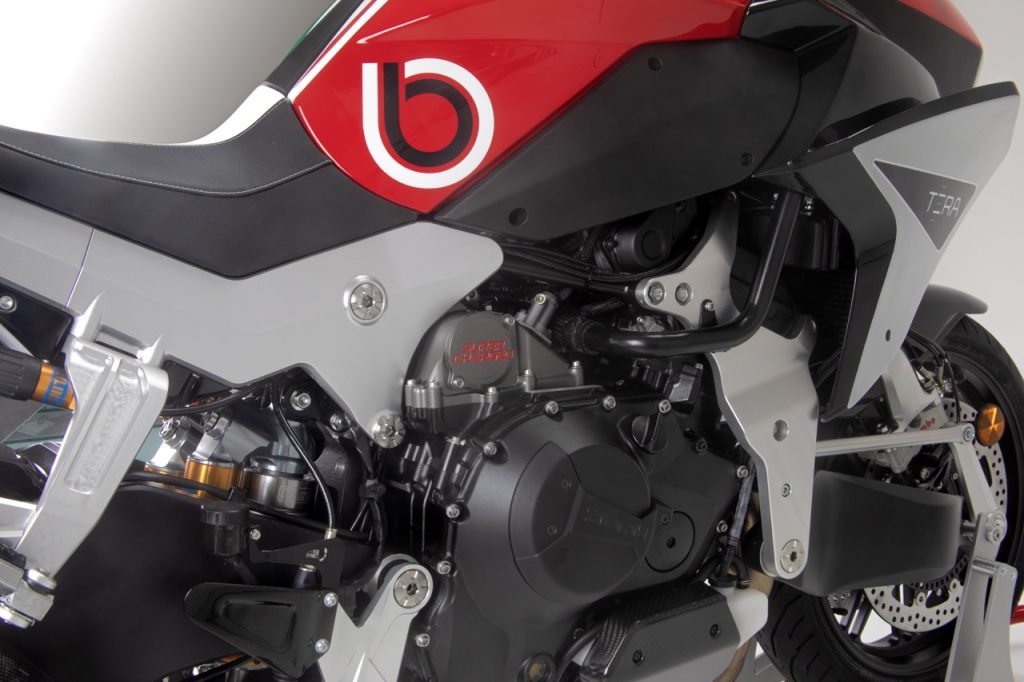
A notable feature of the Tera concept is the ability to adjust the center of gravity height by 30mm. The chassis’s front section comprises two machined billet-aluminum plates and a short steel-tubing trellis structure housing the steering head, with the engine serving as a stressed member. A connecting arm links the front frame to the rear swingarm/shock’s pivot point and the engine, forming a lightweight yet rigid structure capable of accommodating the supercharged inline-four Kawasaki H2 engine, boasting 200 hp at 11,000 rpm and 137Nm of peak torque at 8,500 rpm.
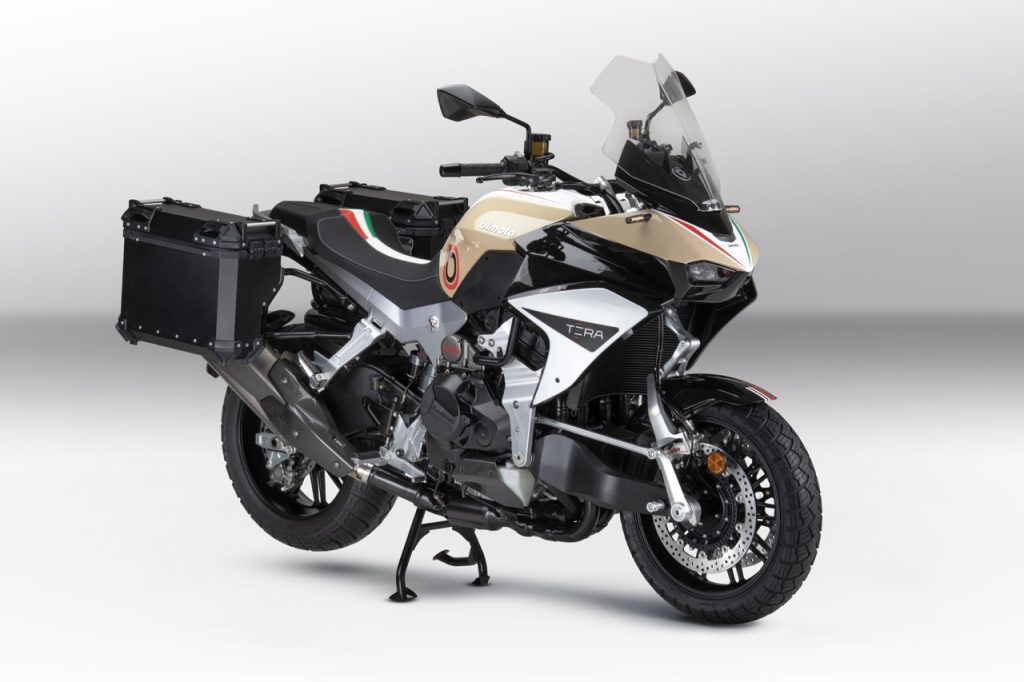
While specific front-end geometry details are yet to be released, the Tera features a compact 56.9-inch wheelbase, comparable to Aprilia’s Tuono V4 Factory and notably shorter than other street-oriented adventure bikes like Ducati’s Multistrada V4 RS which measures in at 62.7 inches.
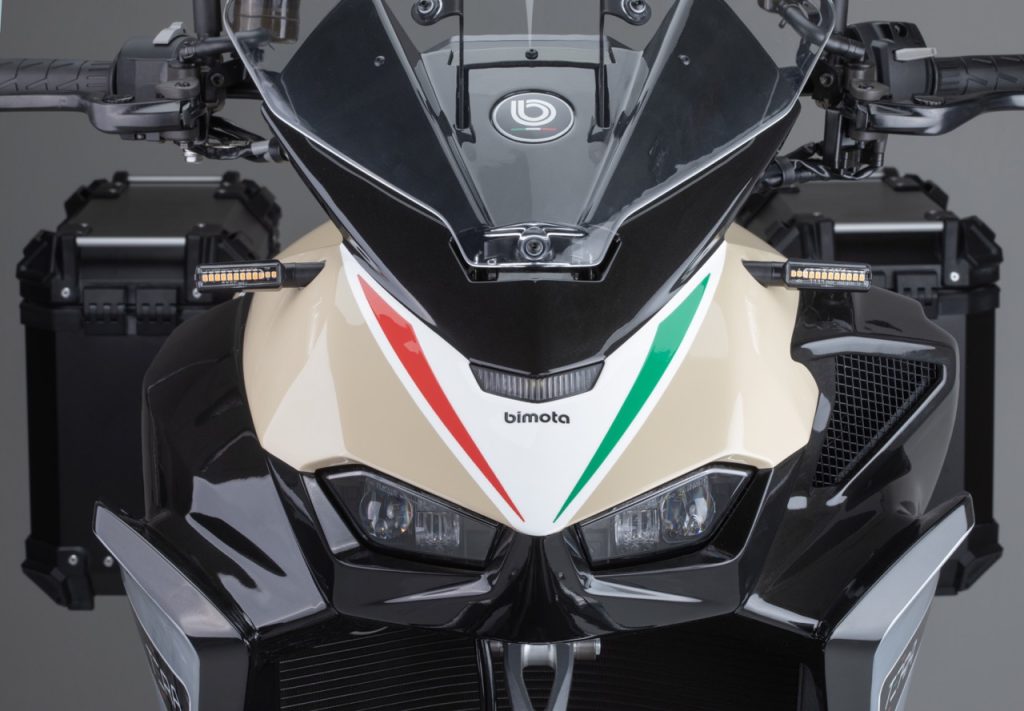
Wheels are made up of 10-spoke forged magnesium wheels (17 x 3.5 and 17 x 5.5) fitted with 120/70-17 and 190/55-17 tires. The braking system comprises Brembo four-piston Stylema calipers and 330mm discs at the front and a twin-piston caliper with a 220mm rotor at the rear, supported by Kawasaki’s KIBS ABS system.
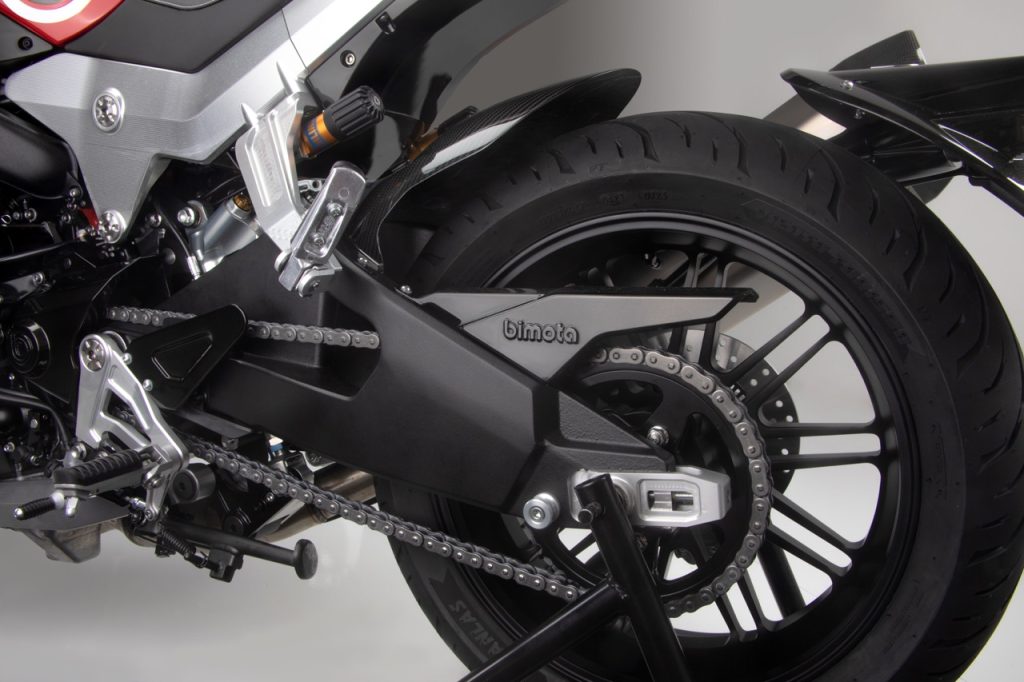
In terms of electronics, Kawasaki provides a comprehensive suite, featuring cornering ABS, traction control, four ride modes, and cruise control. A full-color TFT display serves as the central hub for viewing and adjusting settings, as well as providing essential bike information.
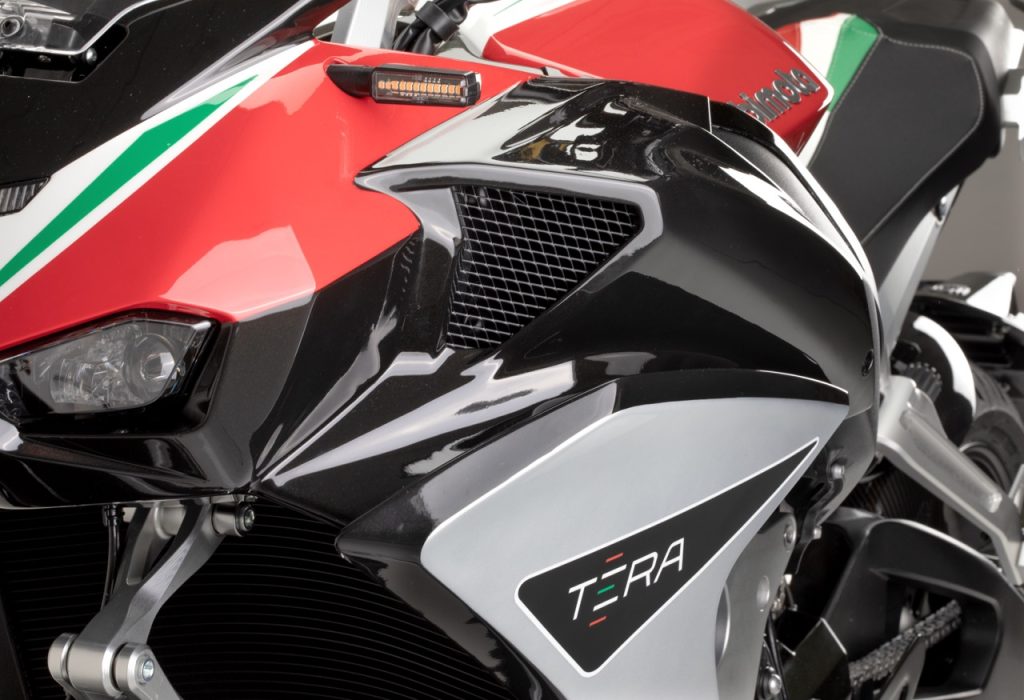
Positioned as a “crossover,” the Tera combines superbike-like performance from its engine with an upright and comfortable riding position. Bimota’s innovative chassis construction, coupled with the use of lightweight materials, contributes to an impressive curb weight of just 200kg.
There is no info yet on a release date.
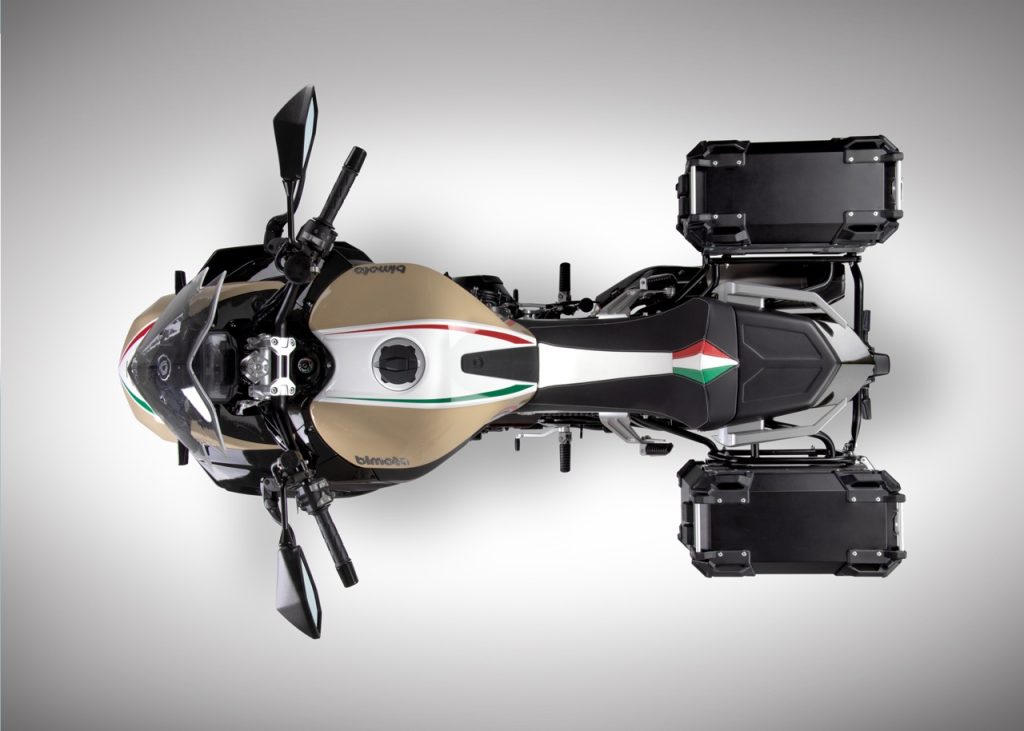
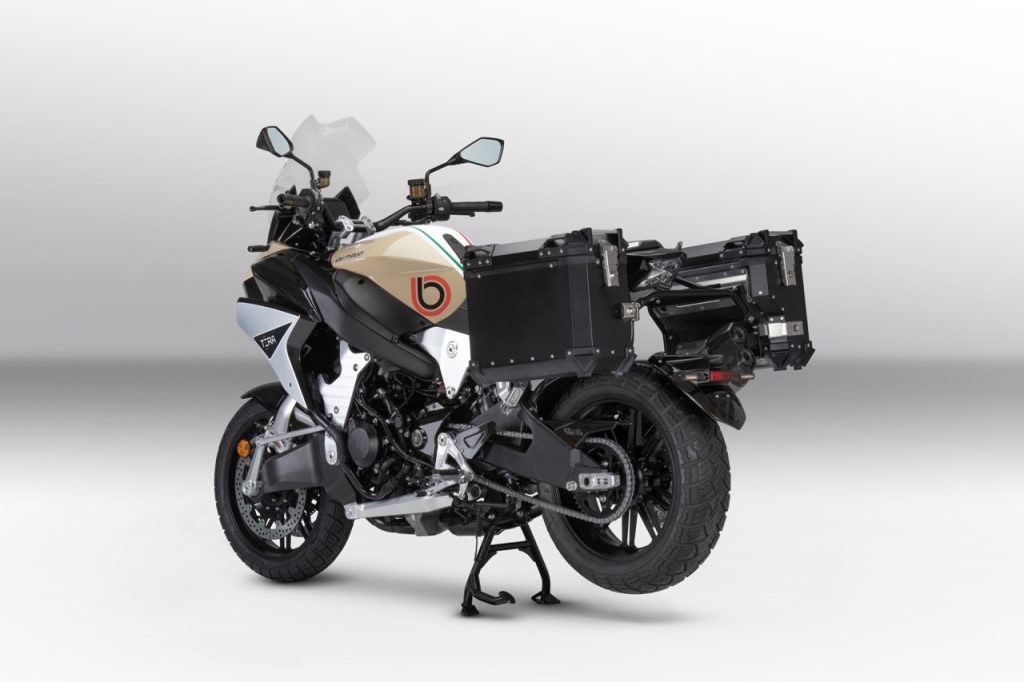
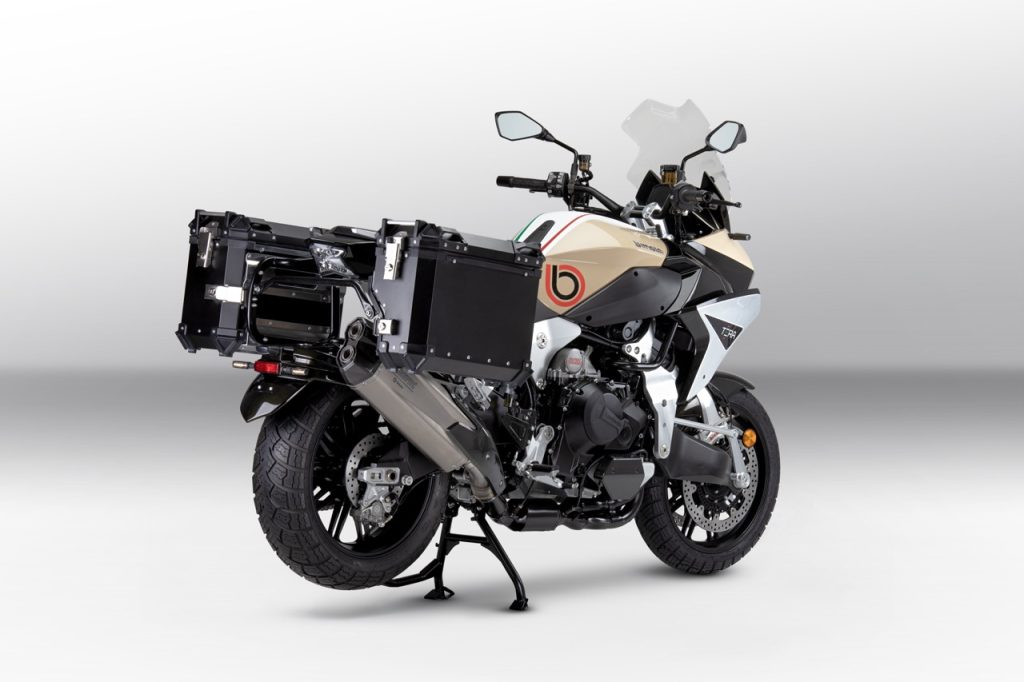
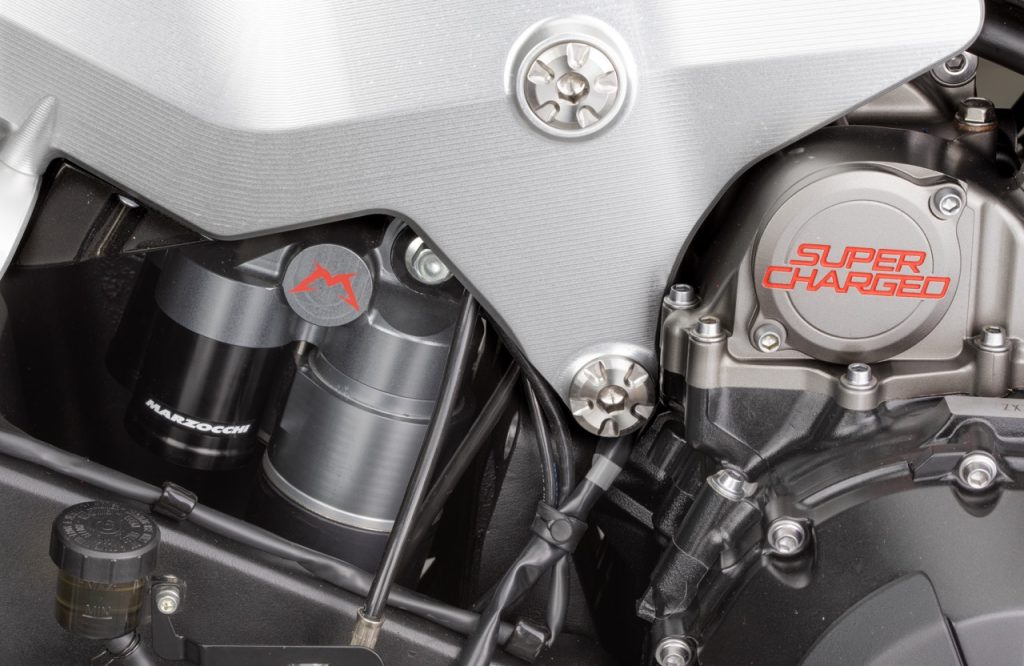
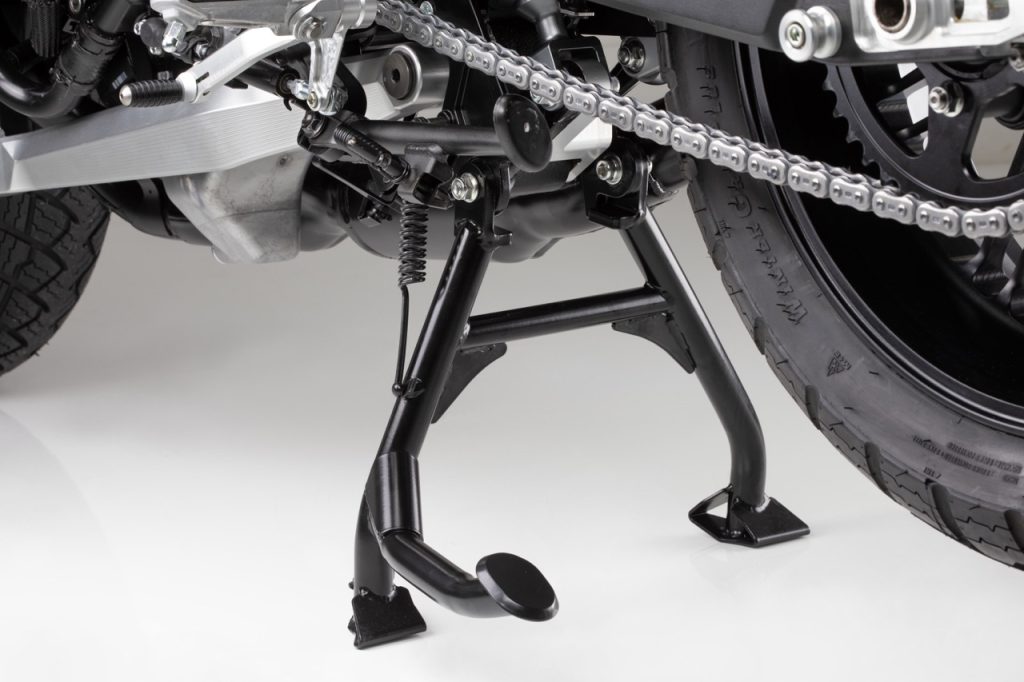
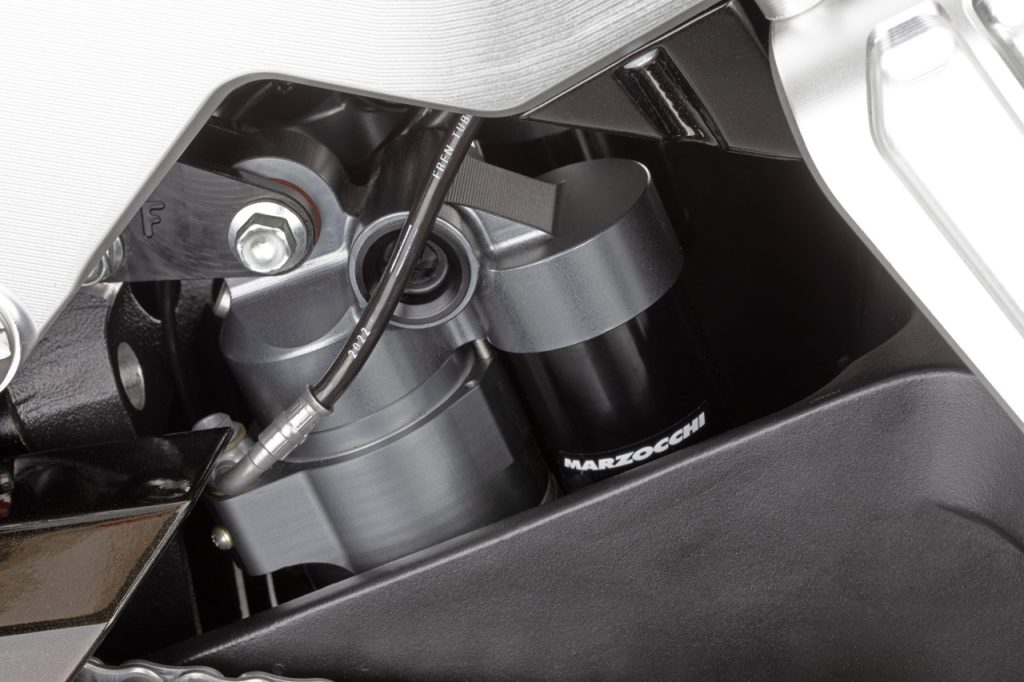

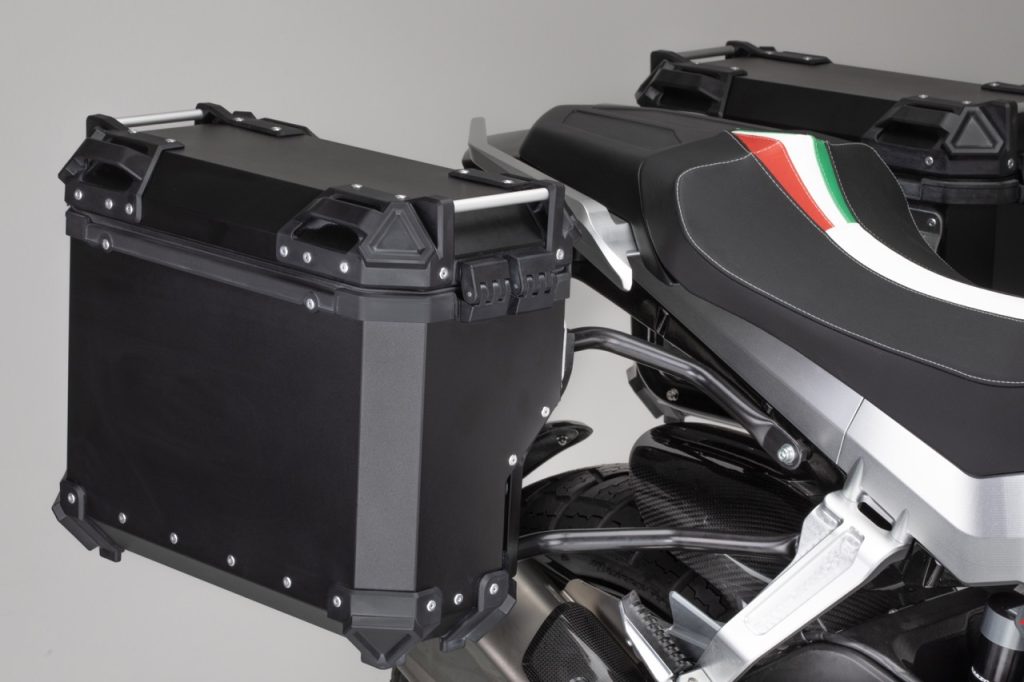
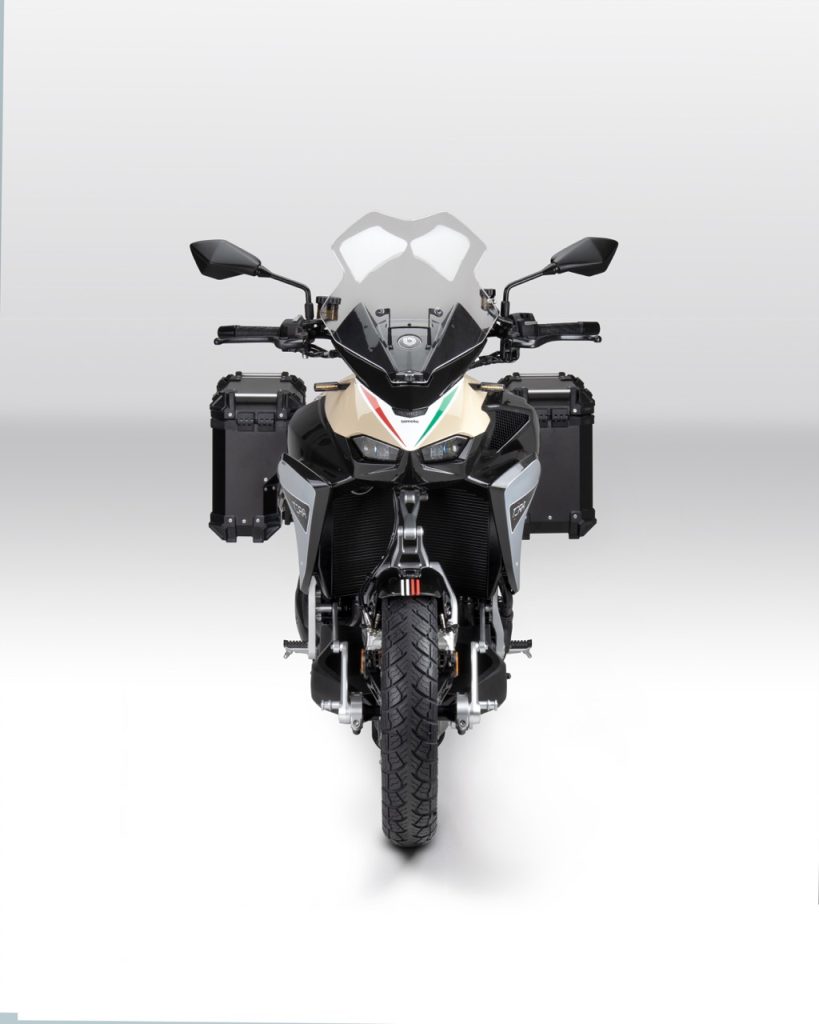
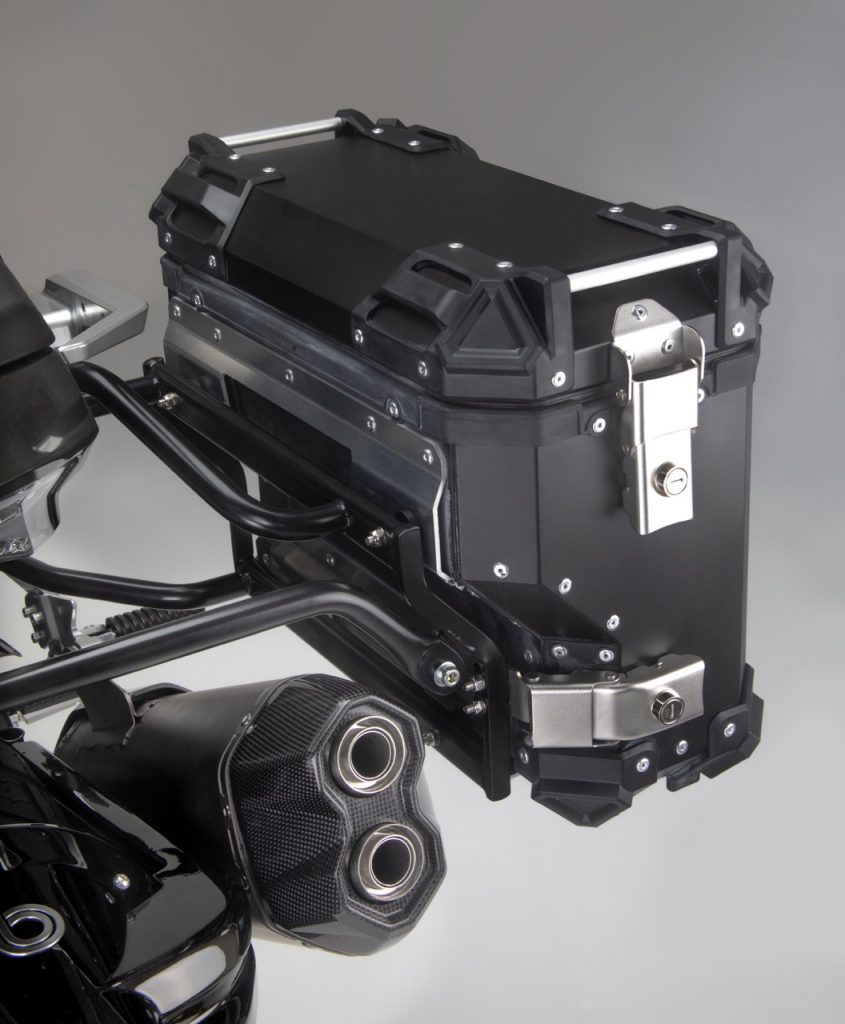
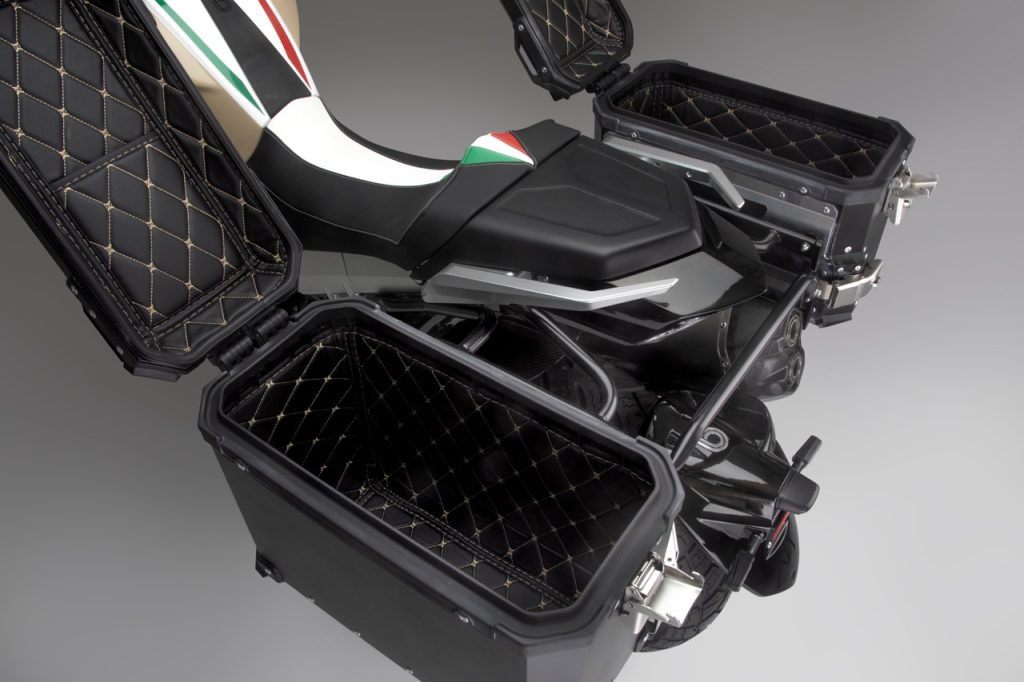
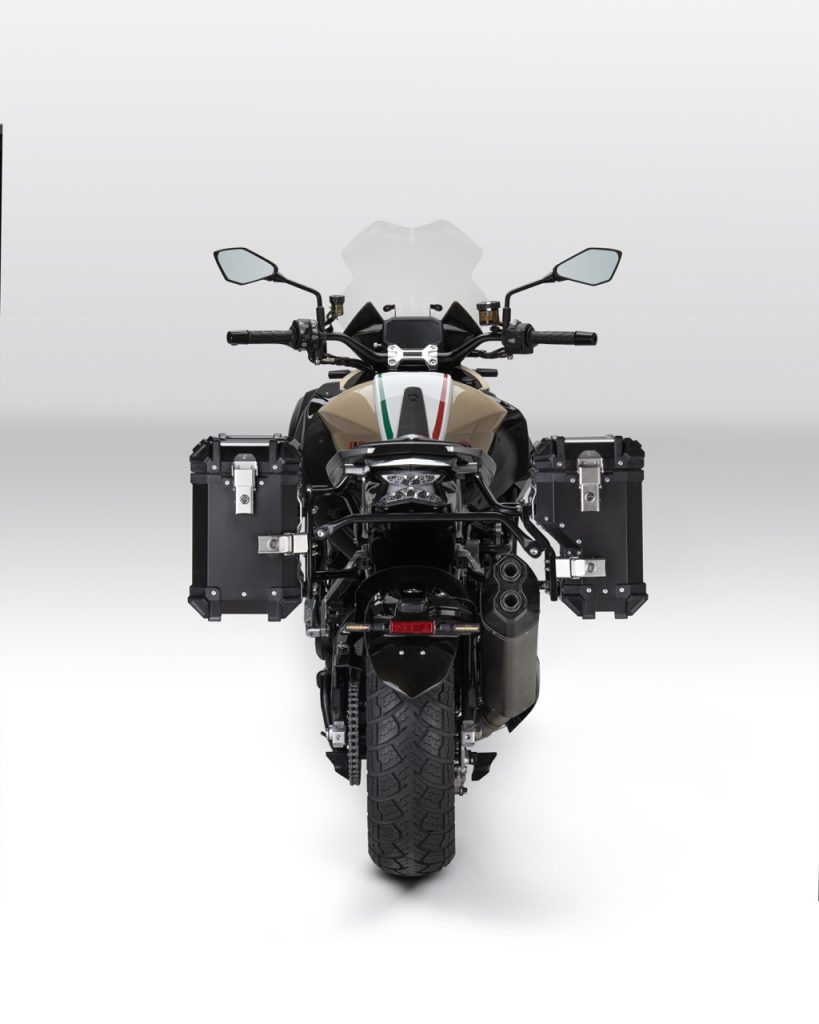
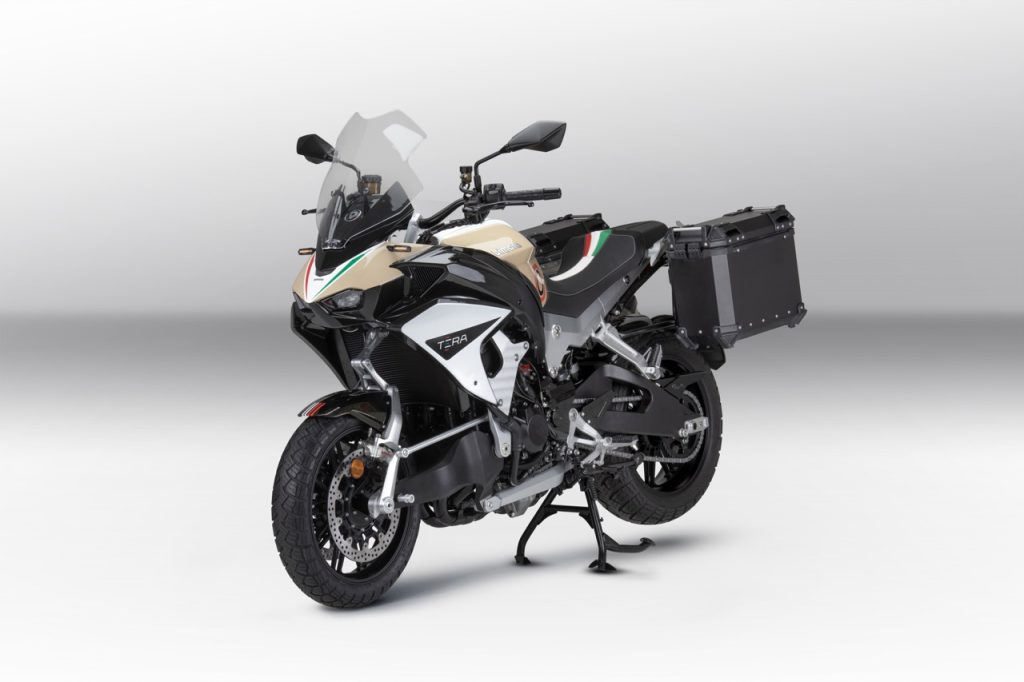

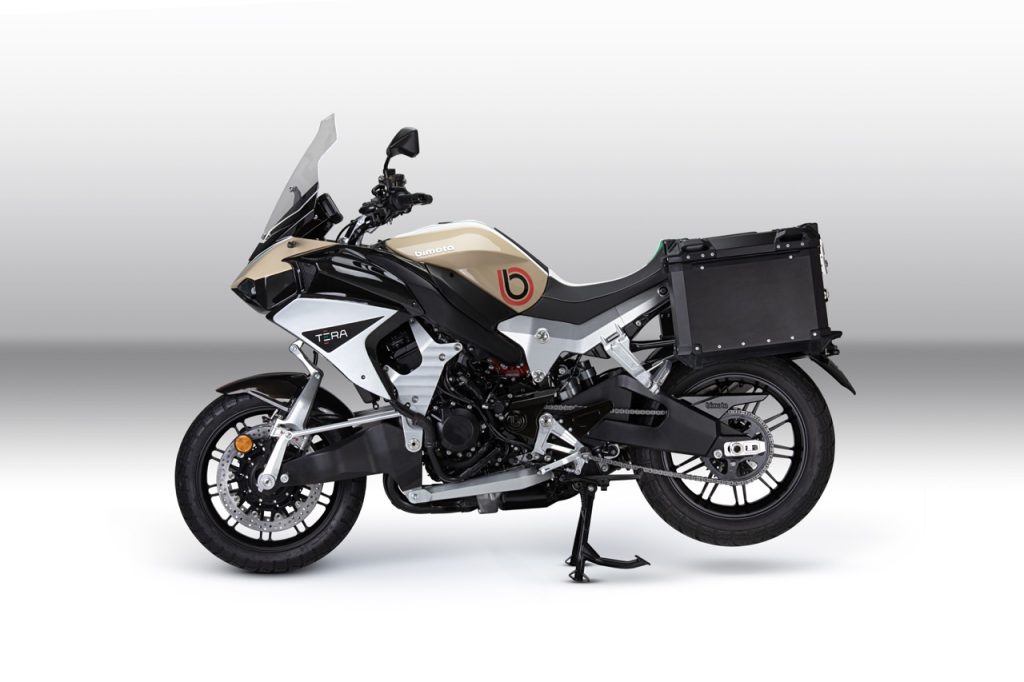
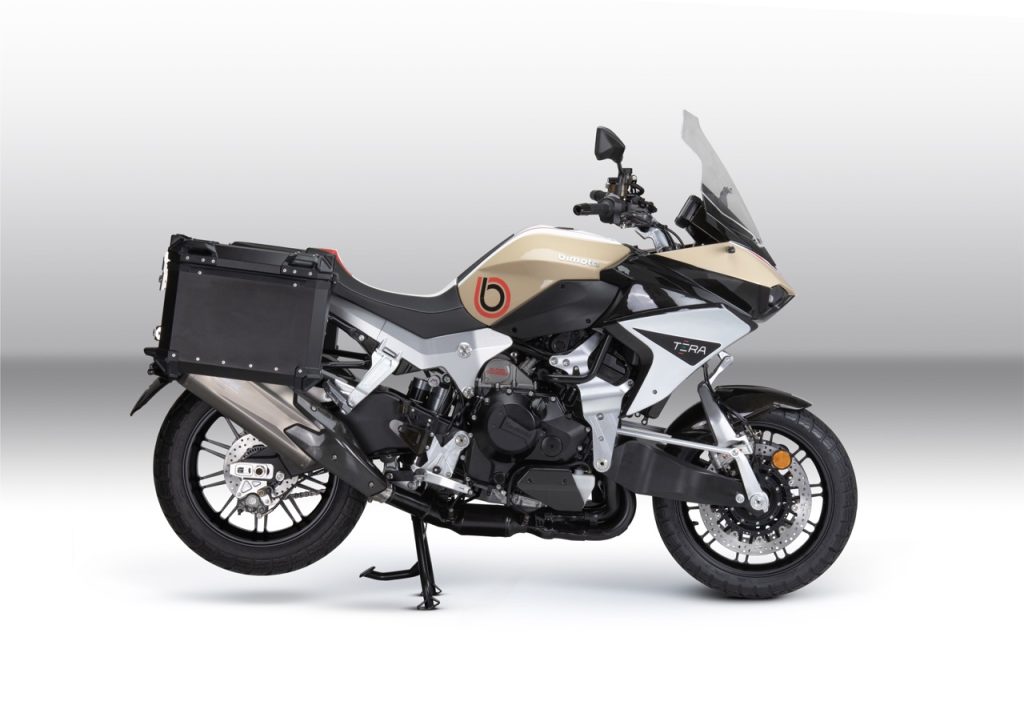


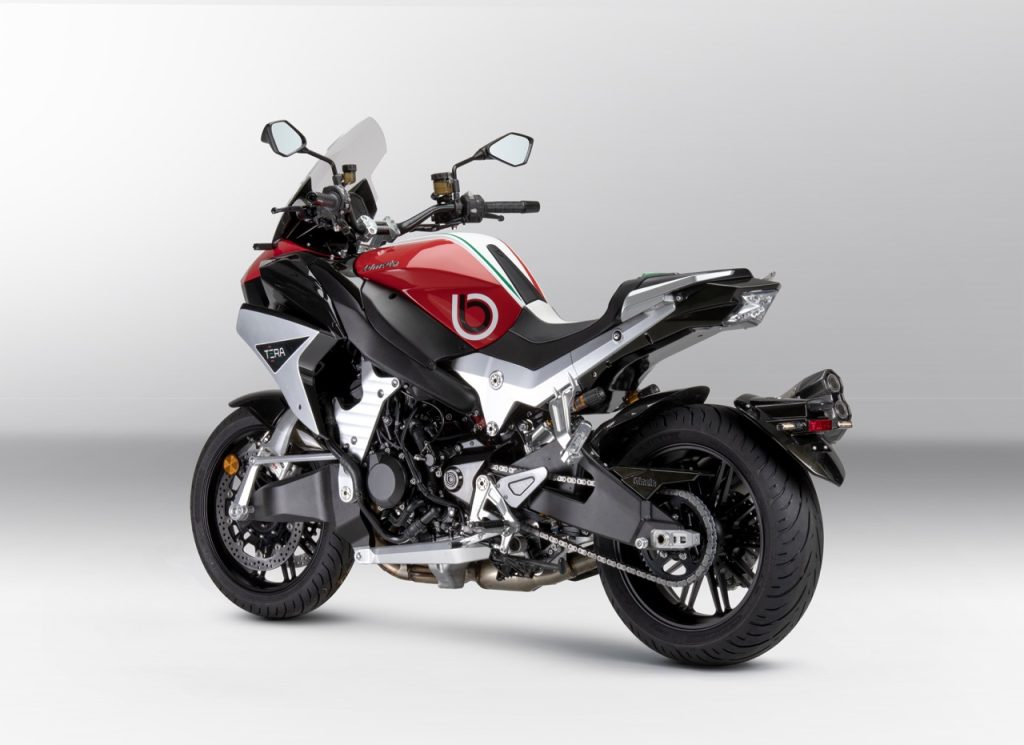
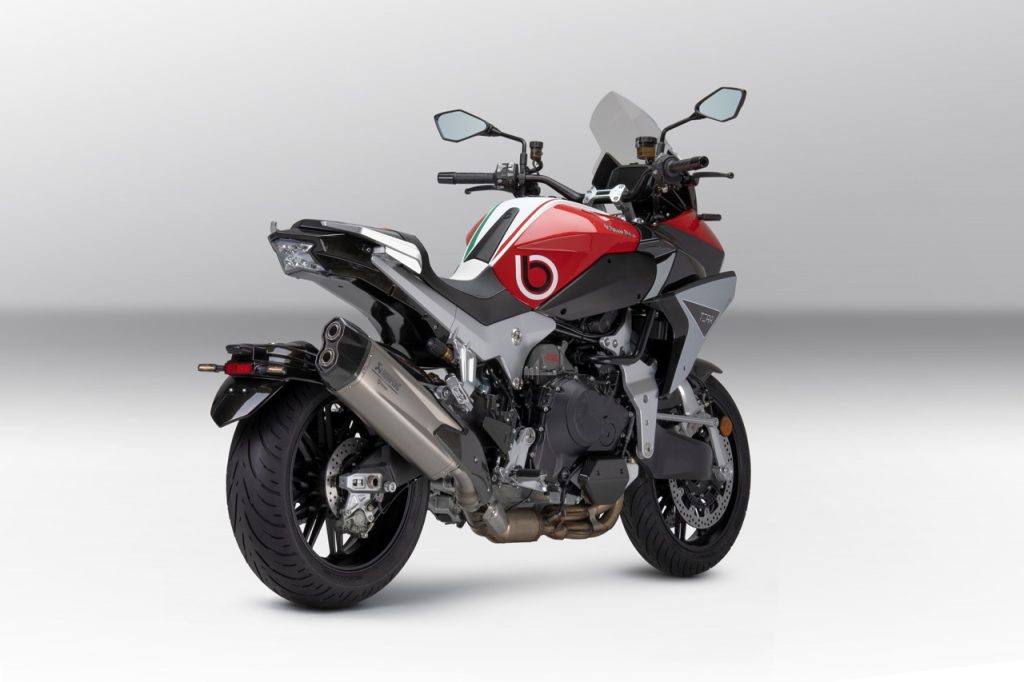
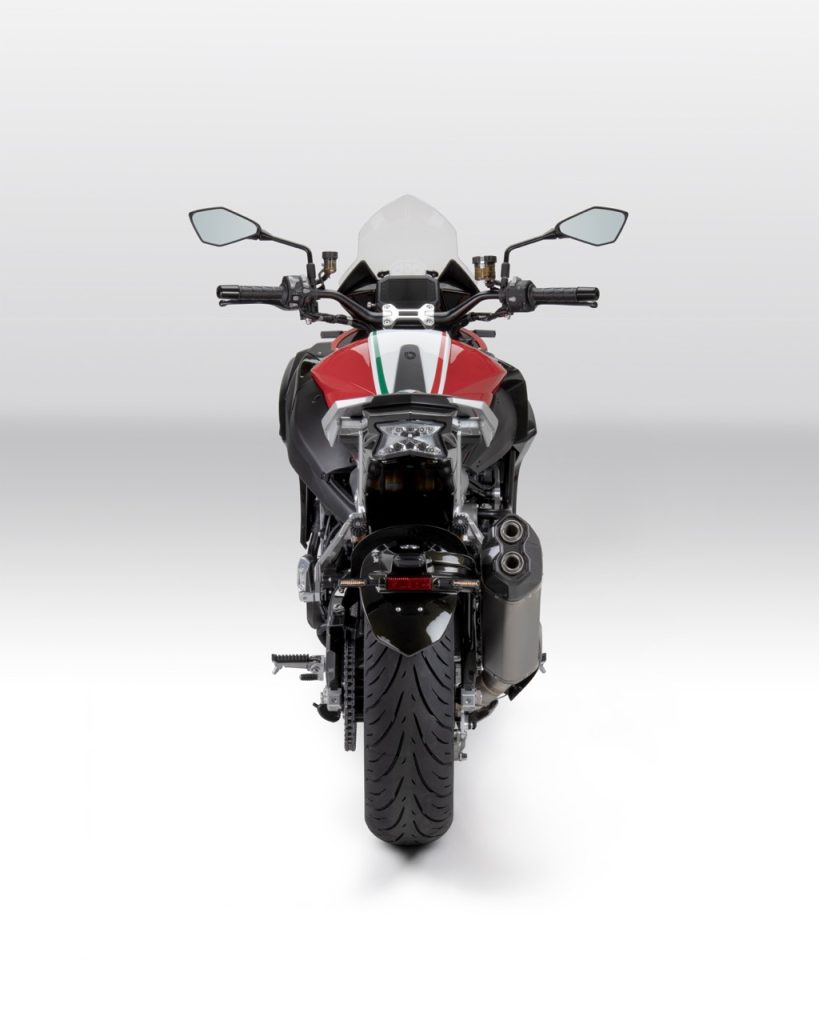
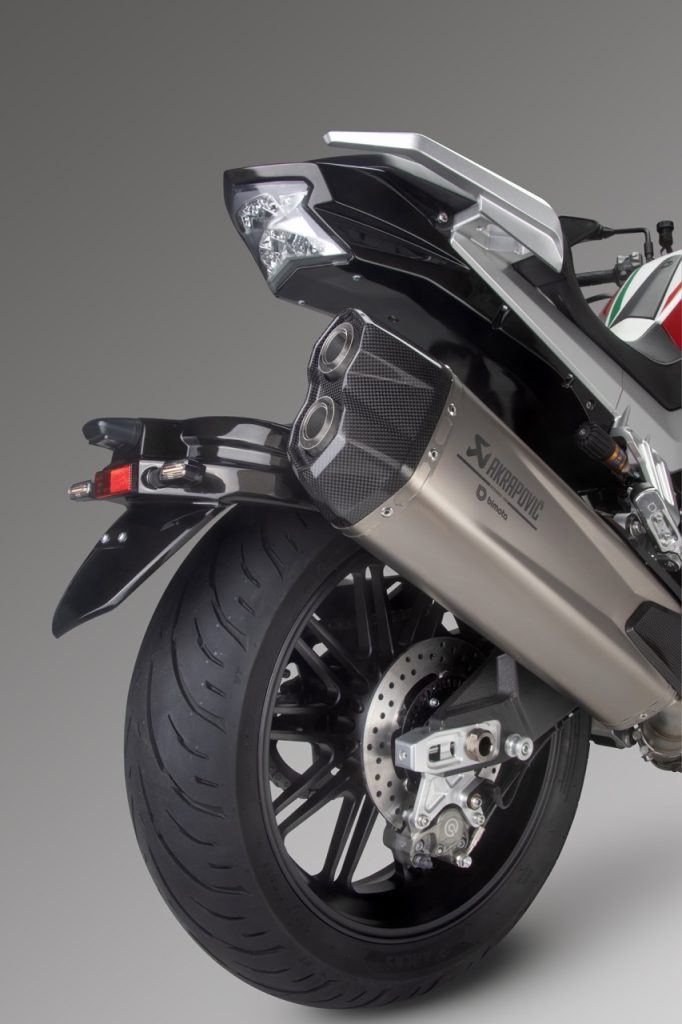
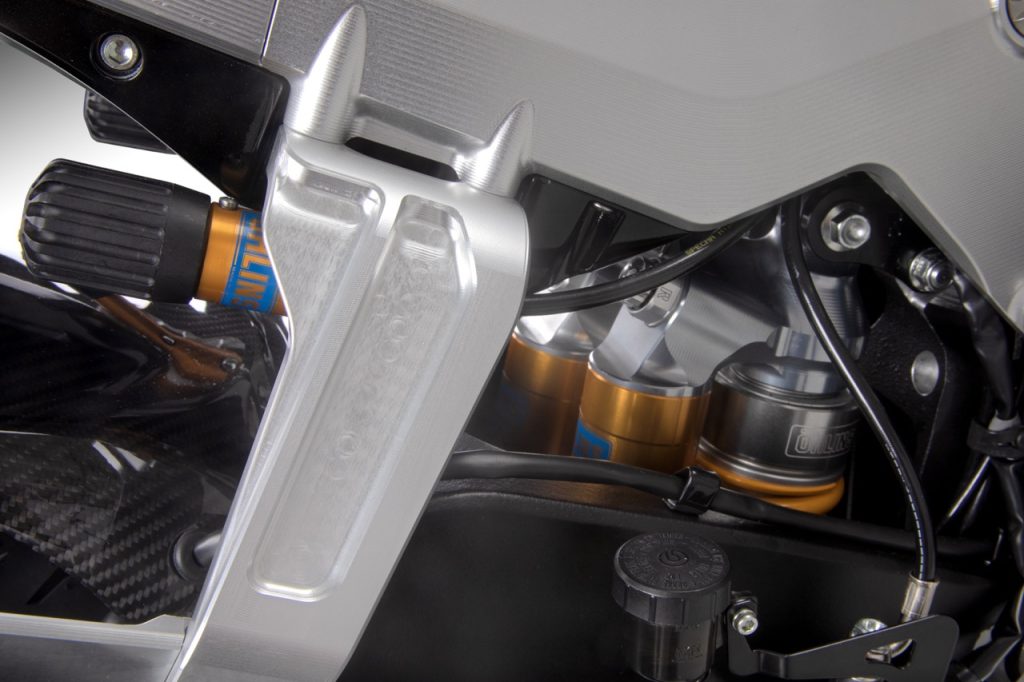

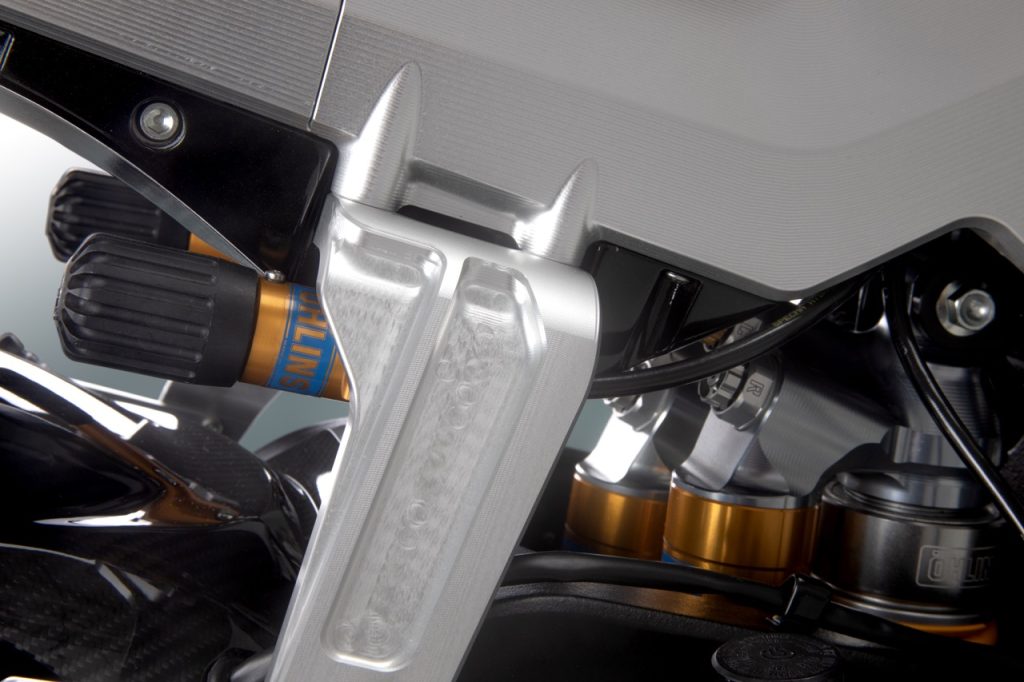

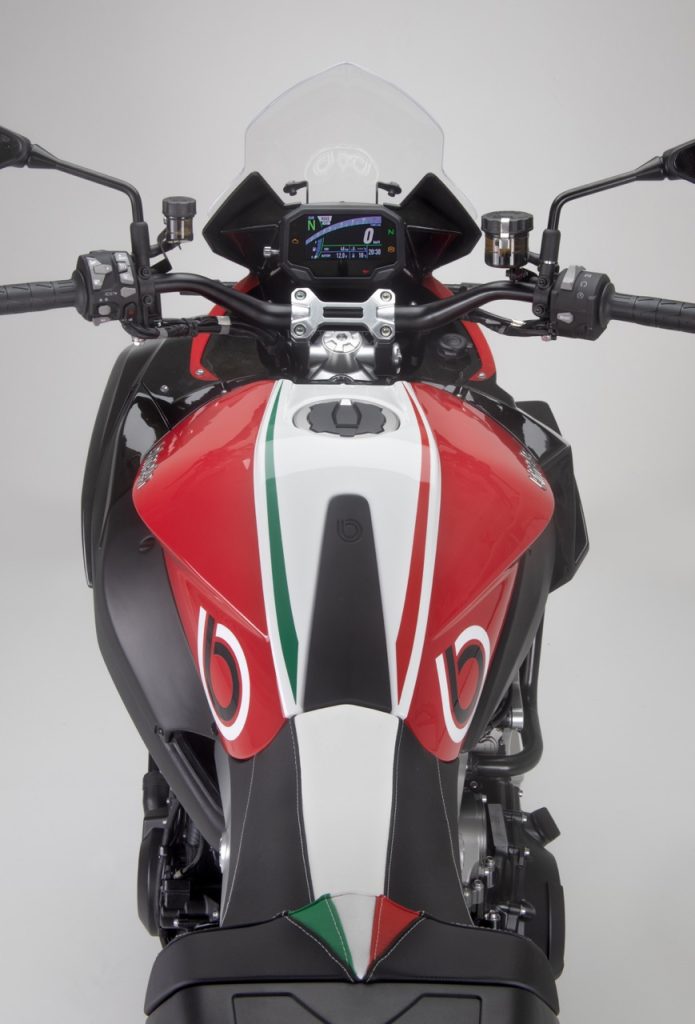
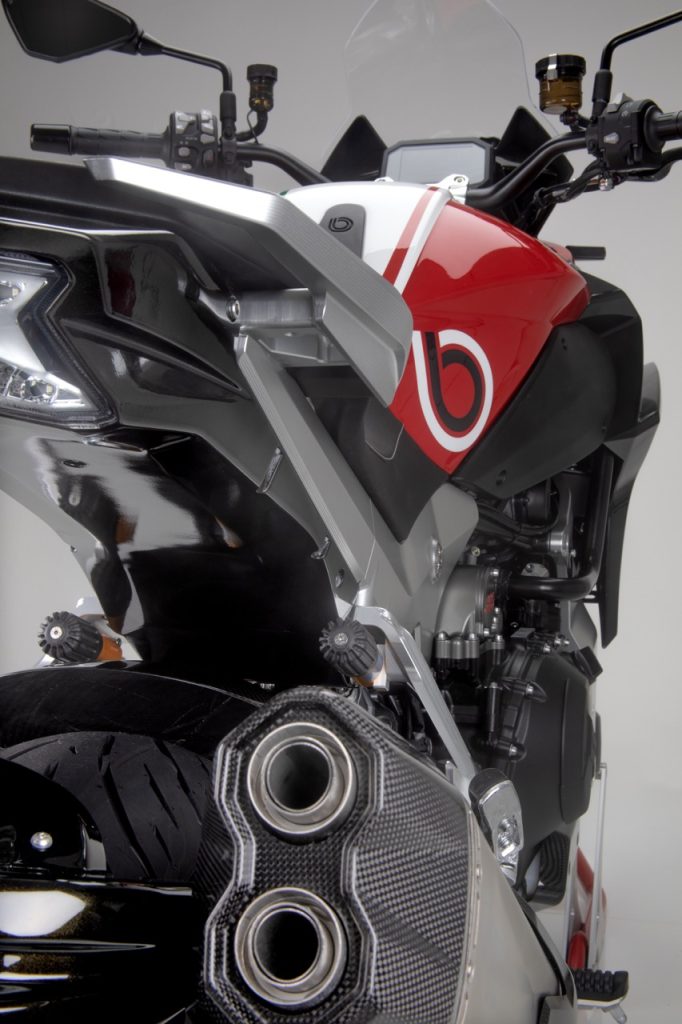

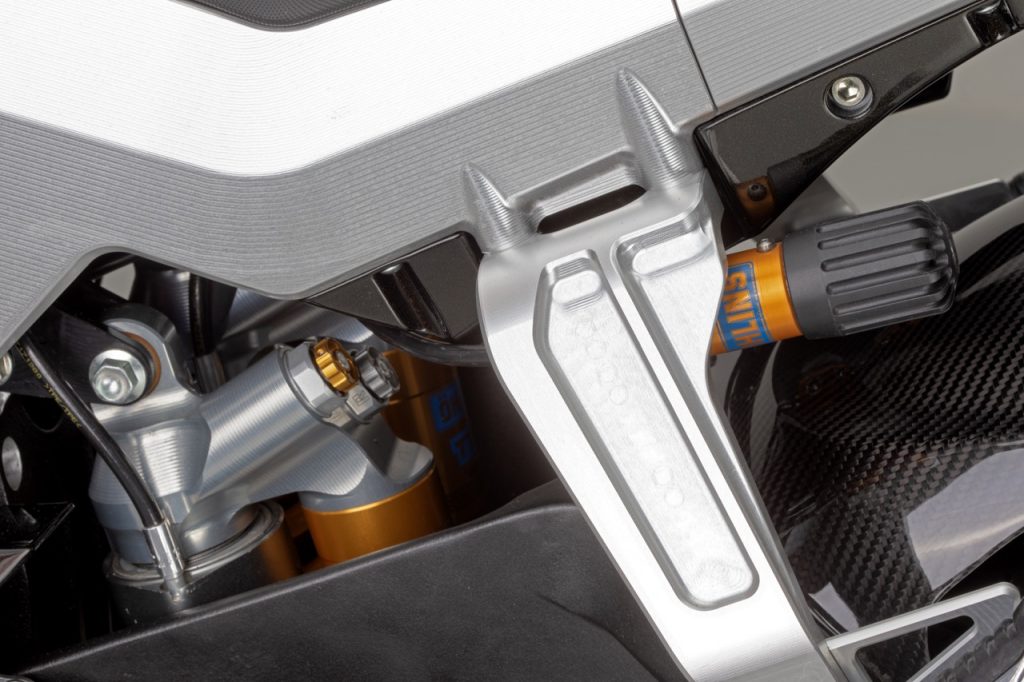
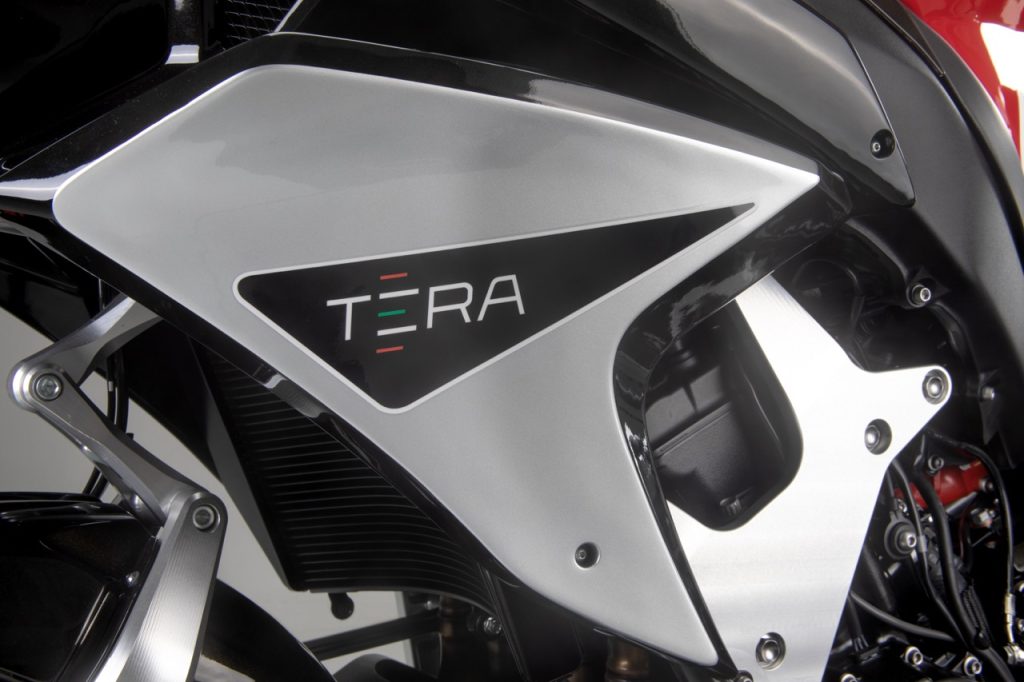

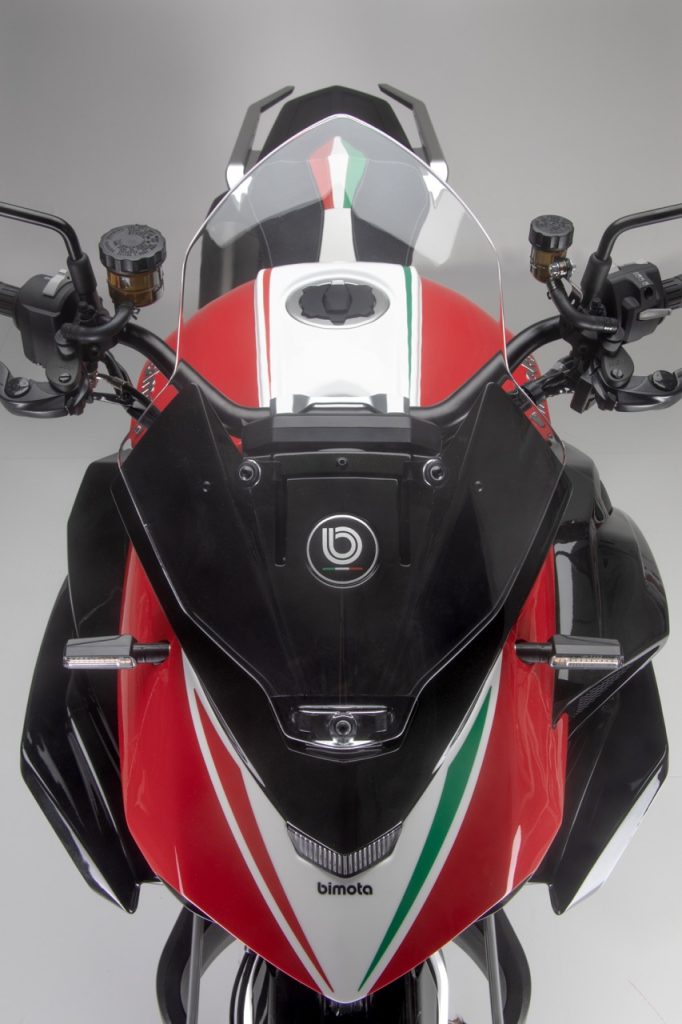
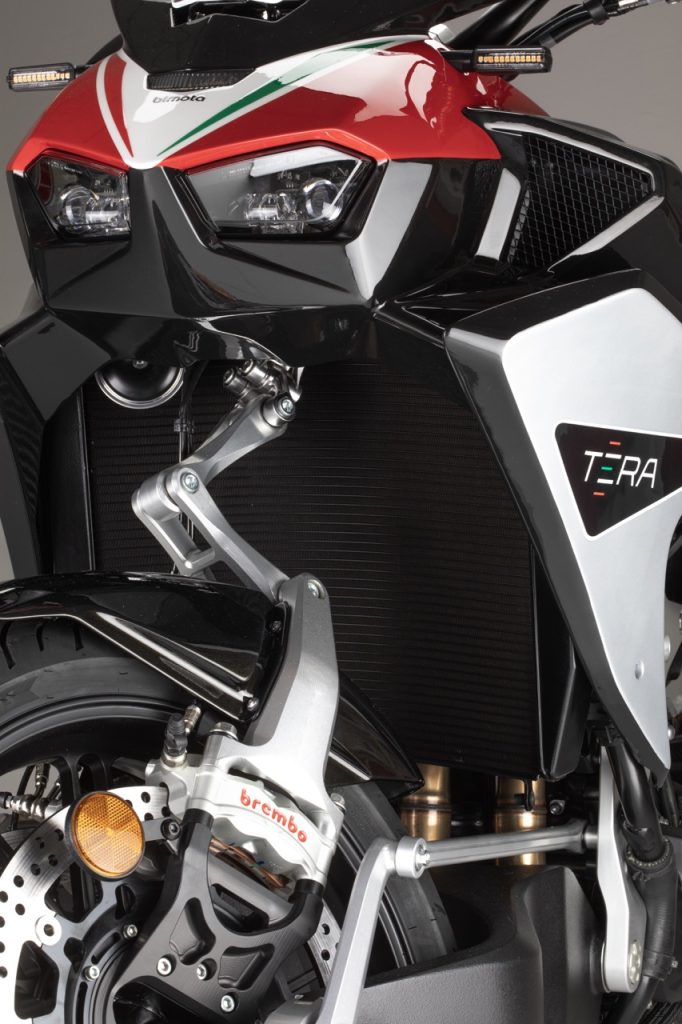
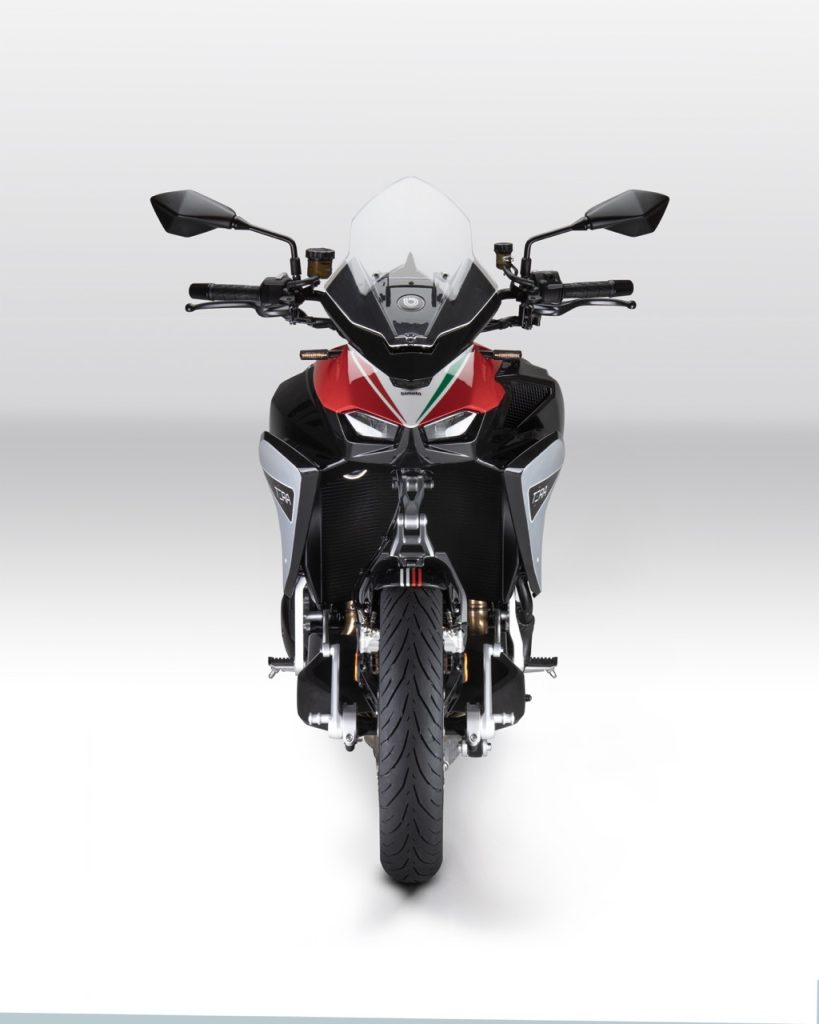

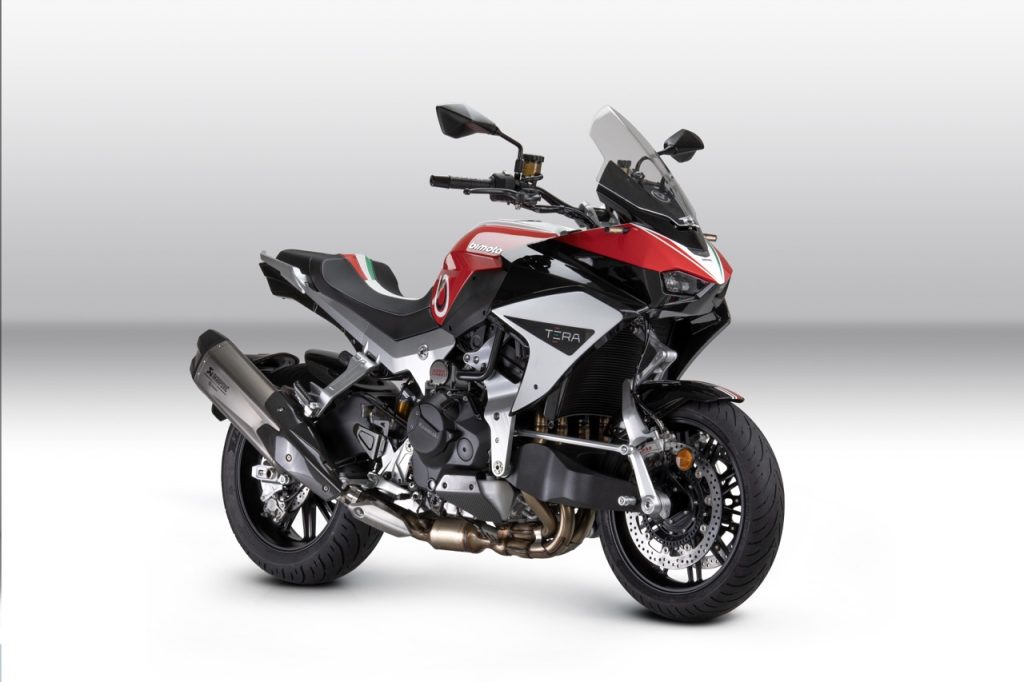
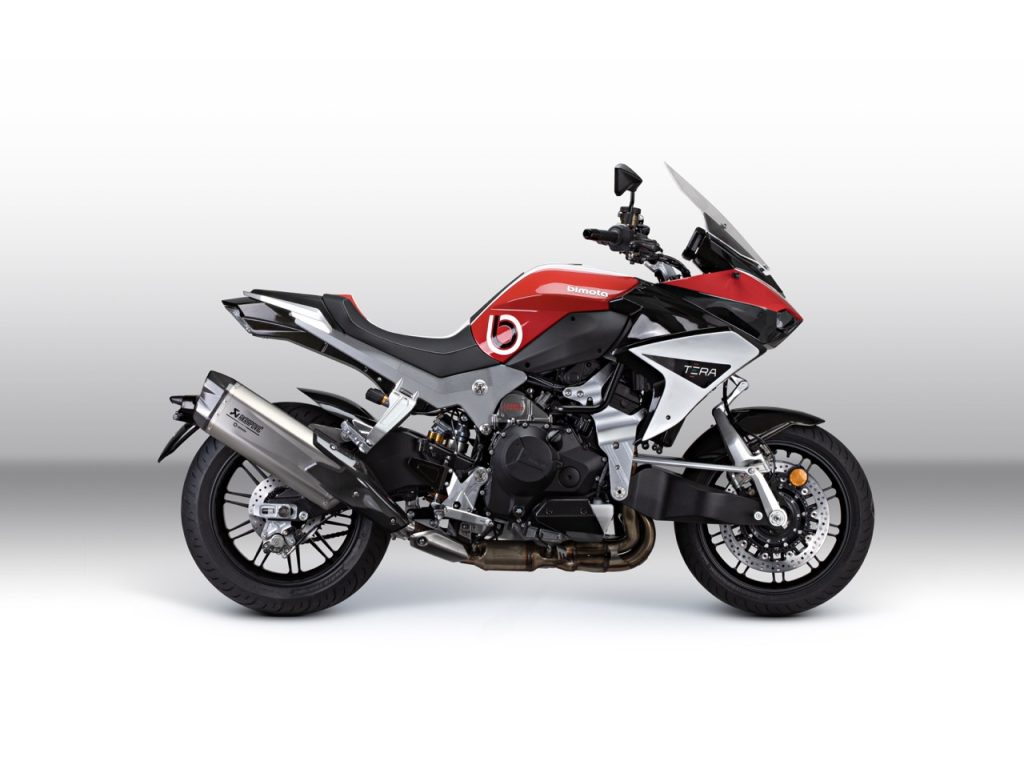
© Copyright – BikesRepublic.com 2024 Trademarks belong to their respective owners. All rights reserved